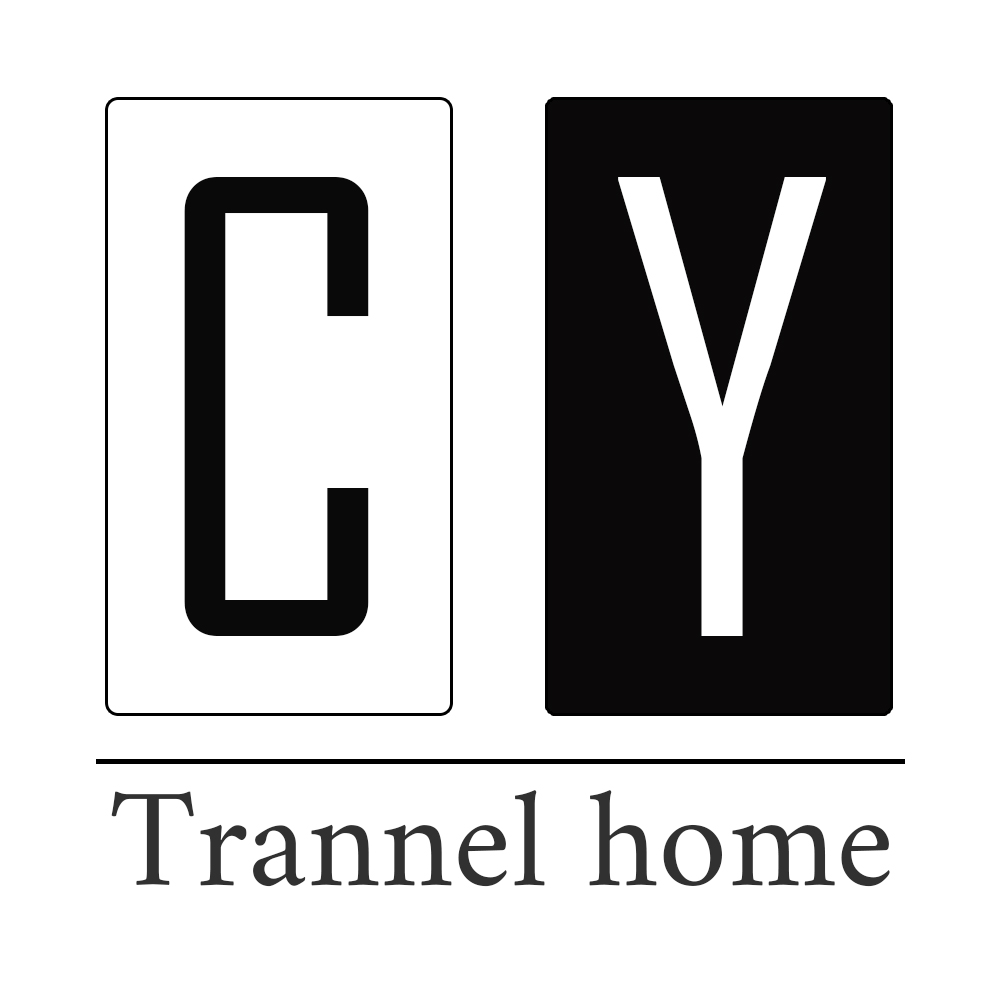Introduction
The recent tariff increases on Chinese furniture imports have created challenges for solid wood upholstered furniture suppliers exporting to the U.S. Higher costs, shifting consumer demand, and rising competition from alternative markets require strategic adjustments. So, how should suppliers respond to maintain competitiveness and sustain business growth?
1. Understanding the Impact of U.S. Tariff Increases
🔹 1.1 Higher Costs for Chinese Manufacturers
- Increased tariffs raise the total landed cost of solid wood upholstered furniture.
- U.S. buyers may seek cheaper alternatives from Southeast Asia (Vietnam, Indonesia).
- Profit margins are squeezed as manufacturers struggle to absorb additional costs.
🔹 1.2 Changing Buyer Behavior in the U.S.
- Retailers are diversifying their supply chains to reduce dependence on China.
- Consumers are becoming more price-sensitive, preferring cost-effective alternatives.
- Demand for sustainable and high-value furniture remains strong despite price pressures.
2. Key Strategies for Solid Wood Upholstered Furniture Suppliers
✅ 2.1 Adjusting Pricing & Cost Structures
- Optimize material sourcing by exploring cost-effective fabric alternatives.
- Improve production efficiency to reduce waste and lower manufacturing costs.
- Offer bulk order discounts or strategic pricing models to retain U.S. buyers.
✅ 2.2 Exploring Alternative Markets
- Expand sales to regions less affected by U.S. tariffs, such as:
- Europe (growing demand for premium solid wood furniture).
- Middle East (luxury furniture market expansion).
- Australia & Canada (strong interest in sustainable and handcrafted designs).
✅ 2.3 Strengthening Partnerships & Local Presence
- Collaborate with U.S. distributors or warehouses to minimize tariff impact.
- Establish local partnerships with retailers to offer exclusive collections.
- Consider joint ventures or assembly operations in low-tariff regions.
✅ 2.4 Enhancing Product Differentiation
- Highlight craftsmanship, durability, and sustainability to justify premium pricing.
- Offer customization services to attract higher-end buyers.
- Use eco-friendly materials (FSC-certified wood, organic linen & cotton) to appeal to green-conscious consumers.
✅ 2.5 Expanding Digital & E-Commerce Strategies
- Strengthen SEO and digital marketing to reach more U.S. buyers directly.
- Utilize B2B platforms (Alibaba, Global Sources, Faire) to increase visibility.
- Develop DTC (Direct-to-Consumer) models to bypass intermediaries and lower costs.
3. Conclusion: Adapting to Tariff Challenges with Smart Strategies
While U.S. tariff increases pose difficulties, solid wood upholstered furniture suppliers can adapt and thrive by optimizing pricing, exploring new markets, strengthening local partnerships, and leveraging digital sales channels. Focusing on quality, sustainability, and differentiation will be key to long-term success.
🚀 Looking for high-quality solid wood upholstered furniture with competitive pricing? Contact us for OEM solutions and wholesale partnerships!



